Home>Technology>Security & Surveillance>How To Add A Lock To A Sliding Door
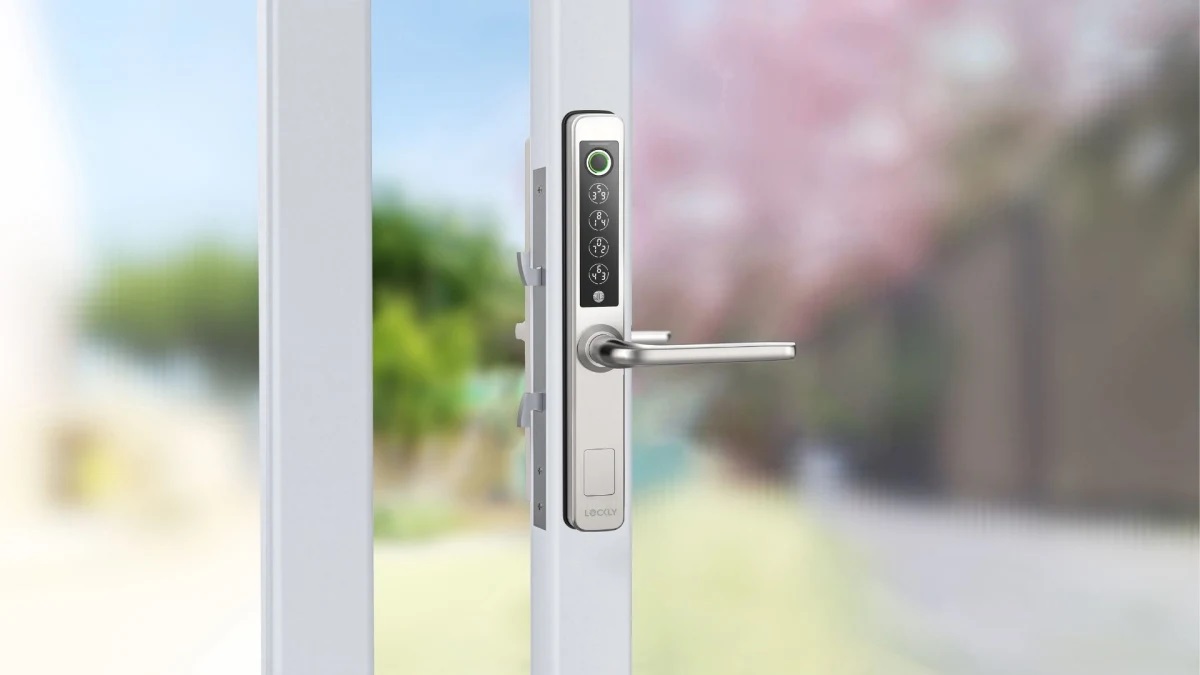

Security & Surveillance
How To Add A Lock To A Sliding Door
Modified: October 20, 2024
Learn how to enhance your home security with our step-by-step guide on adding a lock to a sliding door. Ensure safety and peace of mind.
(Many of the links in this article redirect to a specific reviewed product. Your purchase of these products through affiliate links helps to generate commission for Storables.com, at no extra cost. Learn more)
Introduction
Securing your home is a top priority, and one often overlooked area is the sliding door. While these doors provide a beautiful gateway to your outdoor space, they can also be a point of vulnerability if not properly secured. Adding a lock to your sliding door is a proactive measure that enhances the safety and security of your home. By taking the time to understand the different types of locks available and the proper installation techniques, you can fortify your sliding door and enjoy peace of mind.
In this comprehensive guide, we will explore the necessary tools and materials for adding a lock to a sliding door, provide step-by-step instructions for measuring and installing a lock, discuss the various types of sliding door locks, and offer tips for maintenance and care. Whether you are a seasoned DIY enthusiast or a homeowner looking to bolster your home's security, this article will equip you with the knowledge and confidence to safeguard your sliding door effectively. Let's dive in and take the first step toward enhancing the security of your home.
Key Takeaways:
- Secure your home by adding a lock to your sliding door. Follow the step-by-step guide to choose, install, and maintain the right lock for enhanced safety and peace of mind.
- Types of sliding door locks, such as surface-mounted, mortise, security bars, keyed patio, and loop locks, offer unique security features. Choose the best lock to protect your home effectively.
Read more: How To Fix Lock On Sliding Door
Tools and Materials
Before embarking on the journey of adding a lock to your sliding door, it’s essential to gather the necessary tools and materials. Here’s a list of items you’ll need:
- Measuring tape: To accurately measure the dimensions of your sliding door and determine the placement of the lock.
- Lock kit: Purchase a high-quality sliding door lock kit that suits the design and functionality you desire. These kits often include the lock mechanism, screws, and installation instructions.
- Drill and drill bits: For creating holes in the door frame to install the lock.
- Screwdriver: Depending on the lock kit, you may need a Phillips or flathead screwdriver for tightening screws and securing the lock in place.
- Pencil or marker: To mark the precise spots for drilling and installation.
- Safety goggles: Protect your eyes while drilling and handling hardware.
- Optional: Lubricant or silicone spray for maintaining the lock’s smooth operation over time.
Ensuring that you have the right tools and materials at the outset will streamline the installation process and contribute to a successful outcome. Now that you’re equipped with the necessary items, let’s move on to the next step: measuring and installing a sliding door lock.
How to Measure and Install a Sliding Door Lock
Measuring and installing a sliding door lock requires precision and attention to detail. Follow these steps to ensure a proper fit and secure installation:
- Measure the Door: Begin by measuring the width and height of the sliding door to determine the appropriate placement of the lock. Take into account any existing handles or hardware that may affect the positioning of the lock.
- Mark the Position: Use a pencil or marker to mark the spot where the lock will be installed. Ensure that the placement allows for smooth operation of the lock without interference from the door frame or other components.
- Prepare for Installation: Review the instructions provided with the lock kit to familiarize yourself with the installation process. Gather the necessary tools and ensure that the area around the door is clear for unhindered access.
- Drill Pilot Holes: Using the appropriate drill bit size as specified in the lock kit instructions, carefully drill pilot holes at the marked position. Take care to maintain a straight angle to ensure the holes are aligned properly.
- Install the Lock Mechanism: With the pilot holes in place, position the lock mechanism as directed in the installation instructions. Secure it in position using the provided screws, ensuring a snug fit without over-tightening.
- Test the Operation: Once the lock is installed, test its operation by sliding the door open and closed. Ensure that the lock engages smoothly and securely without any sticking or misalignment.
- Make Adjustments if Necessary: If the lock does not operate as intended, reevaluate the installation and make any necessary adjustments. It’s essential that the lock functions seamlessly to provide reliable security.
By following these steps with care and precision, you can successfully measure and install a sliding door lock, bolstering the security of your home and providing peace of mind.
Consider installing a sliding door lock that can be easily operated from both inside and outside. This will provide added security and peace of mind for your home.
Types of Sliding Door Locks
When it comes to securing a sliding door, there are several types of locks to consider, each offering unique features and levels of security. Understanding the options available will help you choose the most suitable lock for your specific needs. Here are some common types of sliding door locks:
- Surface-Mounted Locks: These locks are installed on the surface of the sliding door and are typically operated with a key. They provide a visible deterrent to potential intruders and are available in various designs to complement different door styles.
- Mortise Locks: Mortise locks are recessed into the edge of the door, offering a sleek and unobtrusive appearance. They often feature a hook-shaped locking mechanism that engages with the door frame, providing enhanced security.
- Security Bars: Also known as sliding door security bars or rods, these devices are placed in the track of the sliding door to prevent it from being opened from the outside. They are adjustable and can be easily removed when the door needs to be opened fully.
- Keyed Patio Door Locks: Keyed patio door locks are designed to replace the existing handle set on sliding doors. They feature a key-operated lock mechanism and are available in various finishes to match the door’s aesthetic.
- Loop Locks: Loop locks are simple yet effective devices that are mounted on the door frame and engage with a loop or slot on the sliding door. They are often used as secondary locks in addition to the primary locking mechanism.
Each type of sliding door lock offers distinct advantages in terms of security, convenience, and aesthetics. Consider the layout of your home, your specific security concerns, and your preferences in terms of ease of use and visual appeal when selecting a lock for your sliding door.
Now that you are familiar with the types of sliding door locks available, you can make an informed decision to enhance the security of your home and protect your loved ones and valuables.
Maintenance and Care
Once you have installed a lock on your sliding door, it’s important to prioritize its maintenance and care to ensure optimal functionality and longevity. Here are some essential tips for maintaining and caring for your sliding door lock:
- Regular Cleaning: Keep the lock and its surrounding components clean and free of dirt, dust, and debris. Use a mild detergent and a soft cloth to gently clean the lock, handle, and the surrounding area.
- Lubrication: Periodically lubricate the lock mechanism and any moving parts with a silicone-based lubricant. This will help maintain smooth operation and prevent the accumulation of rust or corrosion.
- Inspection: Routinely inspect the lock for any signs of wear, damage, or loose components. Address any issues promptly to prevent further damage and ensure the continued security of your sliding door.
- Adjustments: If you notice that the lock is becoming difficult to operate or is not aligning properly, consider making adjustments as needed. This may involve tightening screws, realigning the locking mechanism, or seeking professional assistance if necessary.
- Security Bar Maintenance: If you are using a security bar in the track of your sliding door, periodically check its condition and ensure that it is functioning properly. Clean and lubricate the bar as needed to maintain its effectiveness.
By incorporating these maintenance practices into your regular home care routine, you can extend the lifespan of your sliding door lock and uphold its reliability as a crucial element of your home’s security system.
Remember that a well-maintained lock not only provides security but also offers peace of mind, knowing that your home and loved ones are protected. Investing time and effort in the maintenance of your sliding door lock is a proactive step toward safeguarding your home.
Read more: How To Pick A Sliding Door Lock
Conclusion
Securing your sliding door with a reliable lock is a fundamental aspect of fortifying your home’s security. By understanding the various types of sliding door locks available and following the proper installation techniques, you can effectively safeguard your living space against potential intruders and enhance the safety of your loved ones and belongings.
Remember, the installation of a sliding door lock is just the beginning of your commitment to home security. Regular maintenance and care are essential to ensure that the lock functions optimally and provides long-term protection. By incorporating simple maintenance practices into your routine, you can preserve the integrity and reliability of your sliding door lock for years to come.
As you embark on this journey to bolster your home’s security, take pride in the proactive steps you are taking to create a safe and secure environment. Whether you opt for a surface-mounted lock, a mortise lock, a security bar, or another type of sliding door lock, your decision reflects your dedication to maintaining a secure and welcoming home.
With the knowledge gained from this guide, you are well-equipped to make informed decisions about the type of lock that best suits your needs and to carry out the installation with confidence. By prioritizing the security of your sliding door, you are investing in the peace of mind that comes with knowing your home is well-protected.
As you move forward, remember that a secure home is a sanctuary—a place where you can create lasting memories and find comfort. By taking the necessary steps to secure your sliding door, you are contributing to the overall safety and well-being of your household. Embrace the empowerment that comes with enhancing your home’s security, and enjoy the peace of mind that accompanies a well-protected living space.
Frequently Asked Questions about How To Add A Lock To A Sliding Door
Was this page helpful?
At Storables.com, we guarantee accurate and reliable information. Our content, validated by Expert Board Contributors, is crafted following stringent Editorial Policies. We're committed to providing you with well-researched, expert-backed insights for all your informational needs.
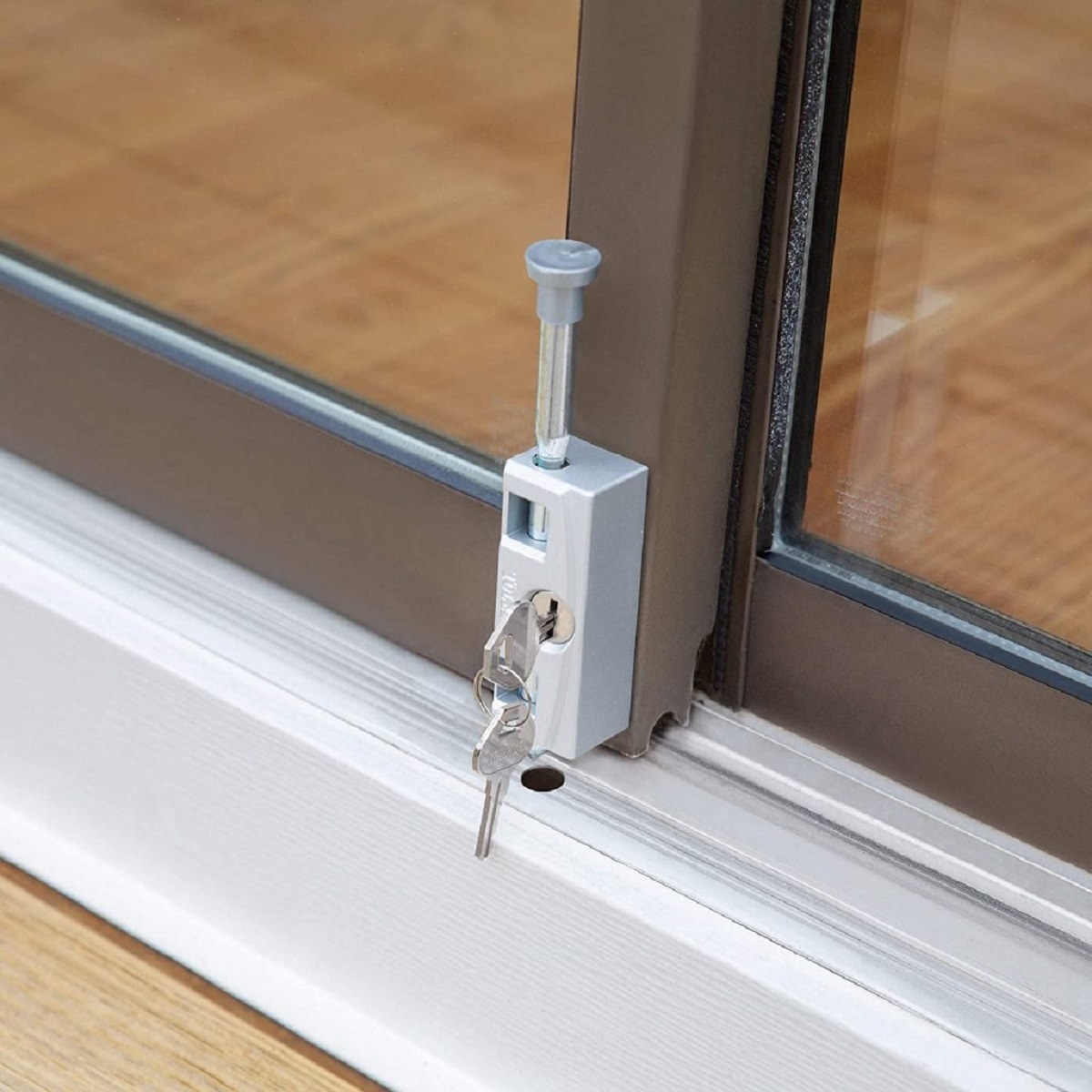
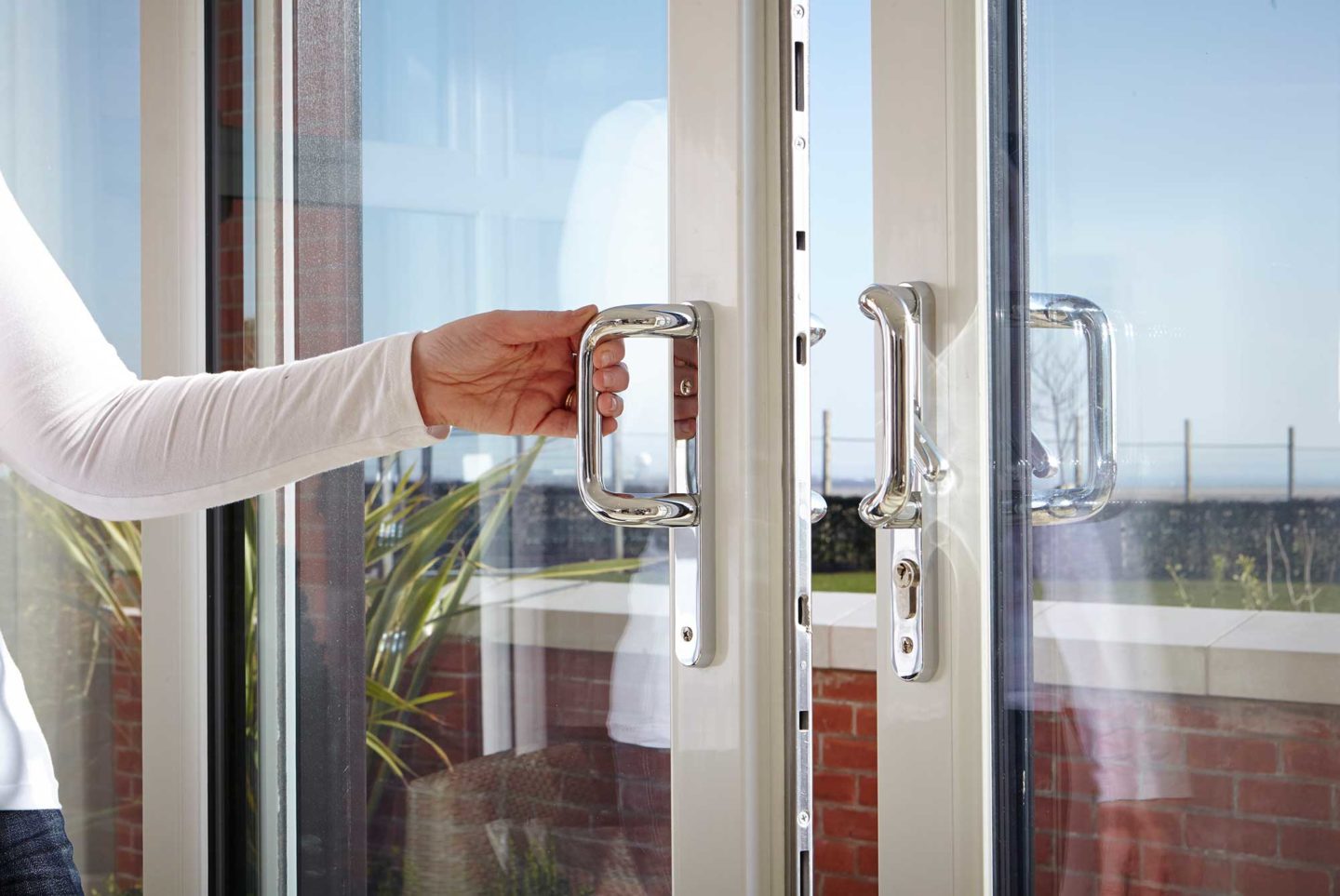
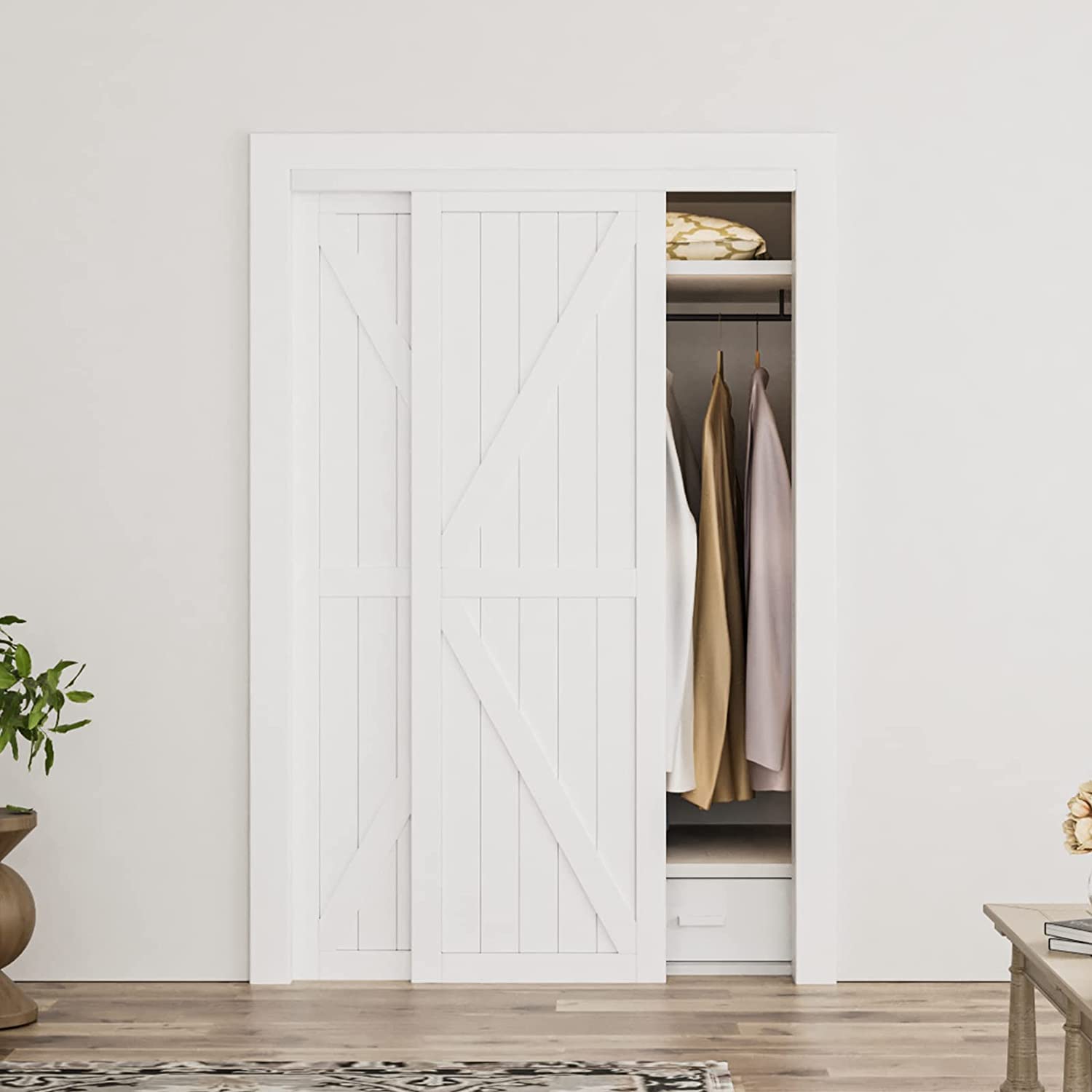
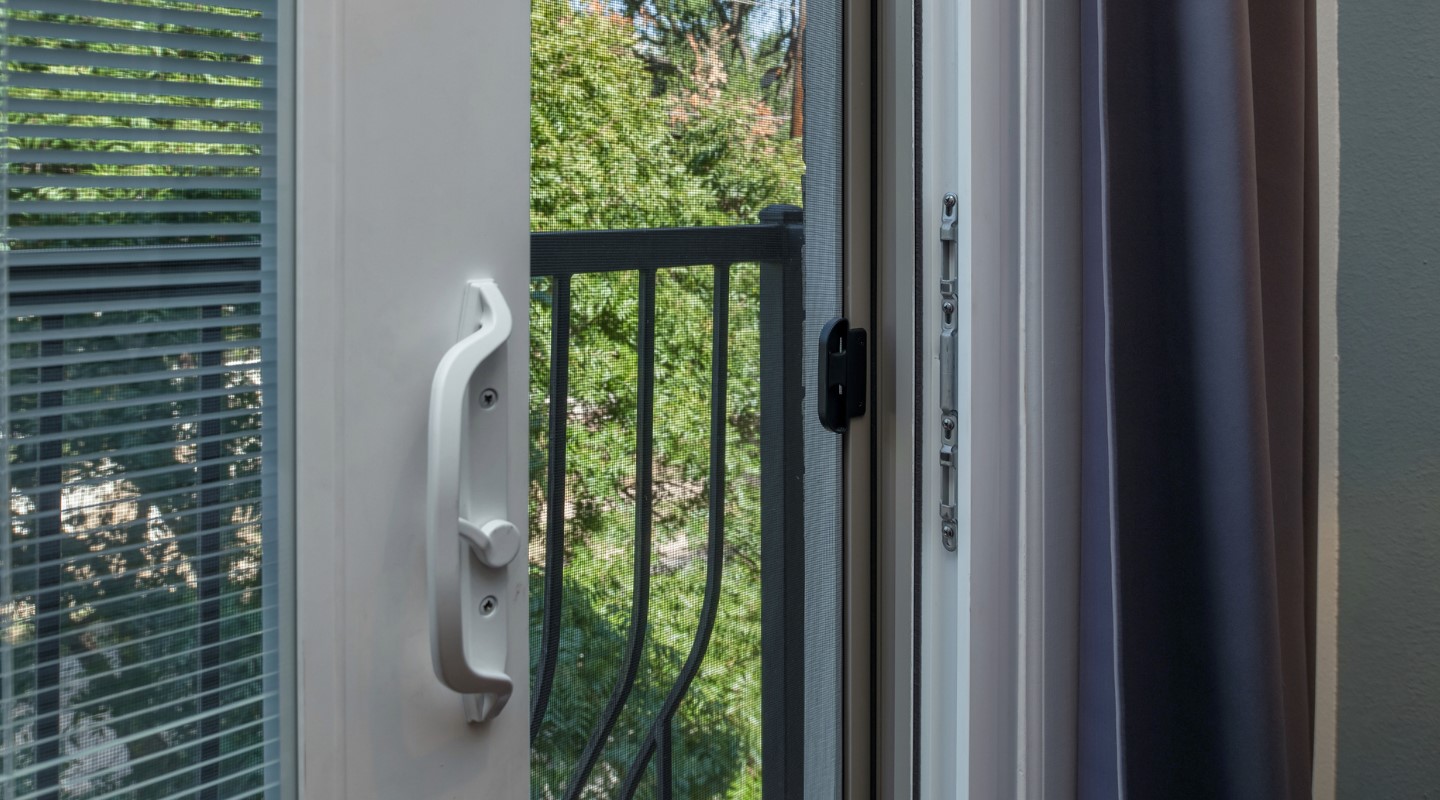
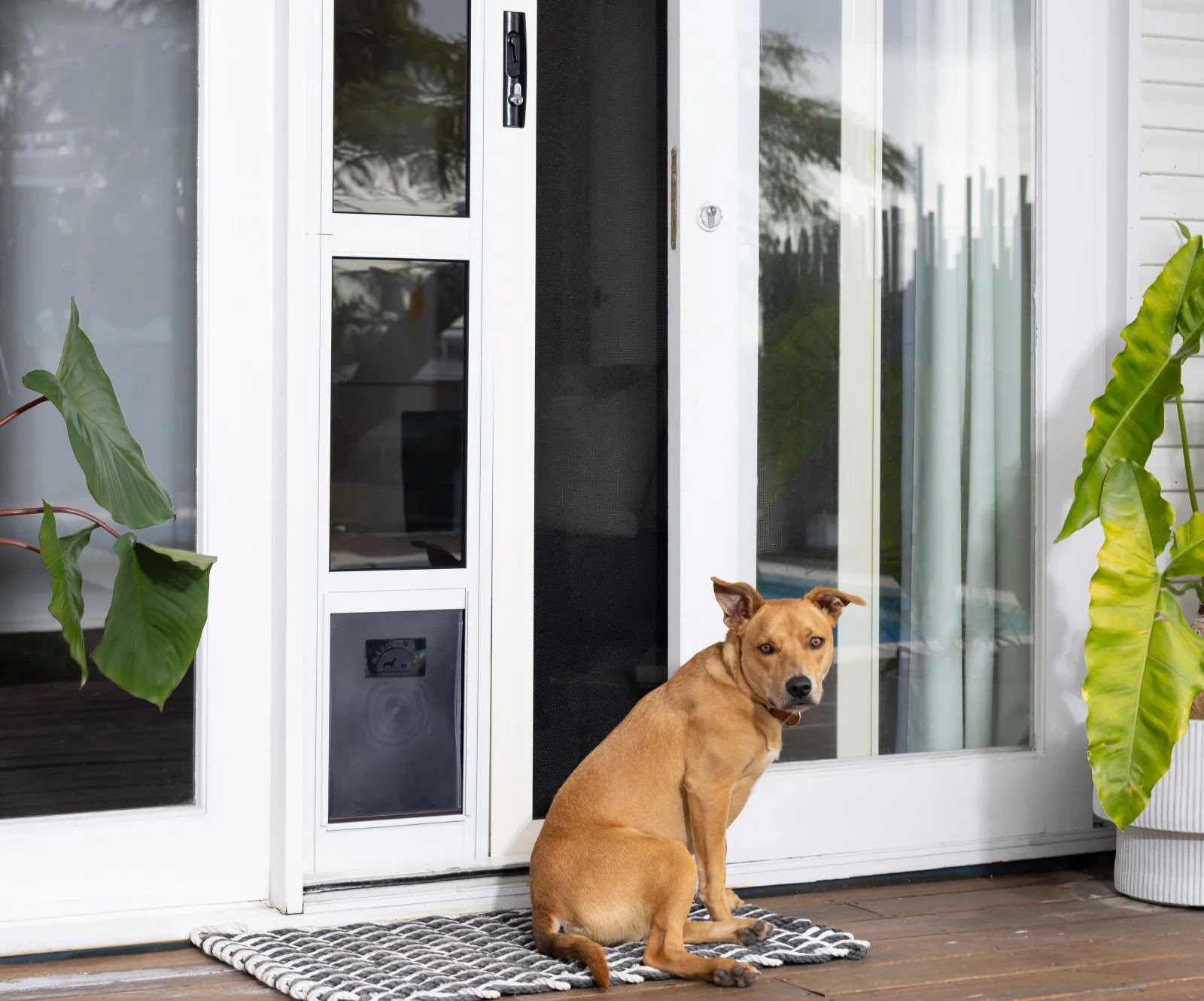
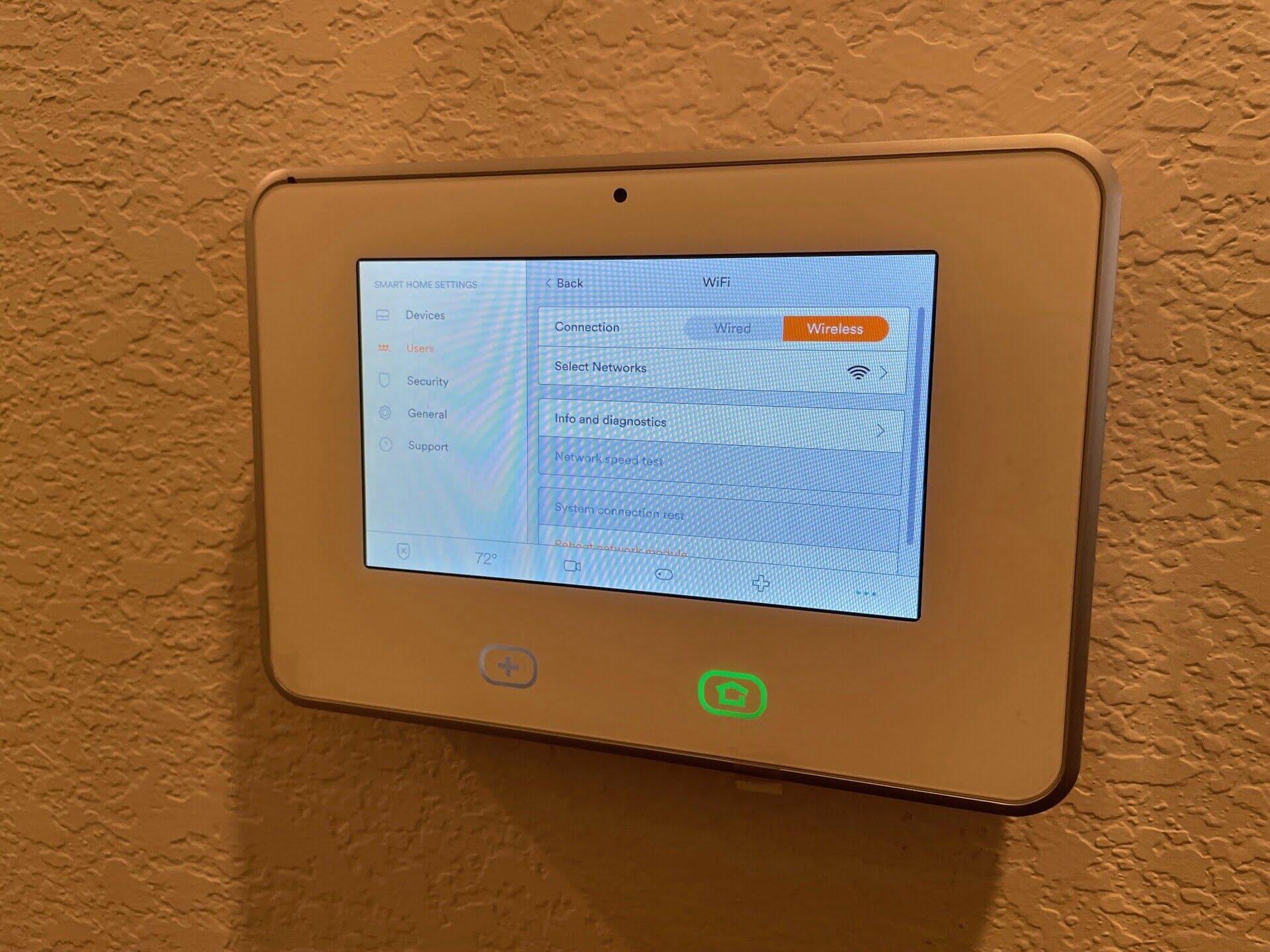
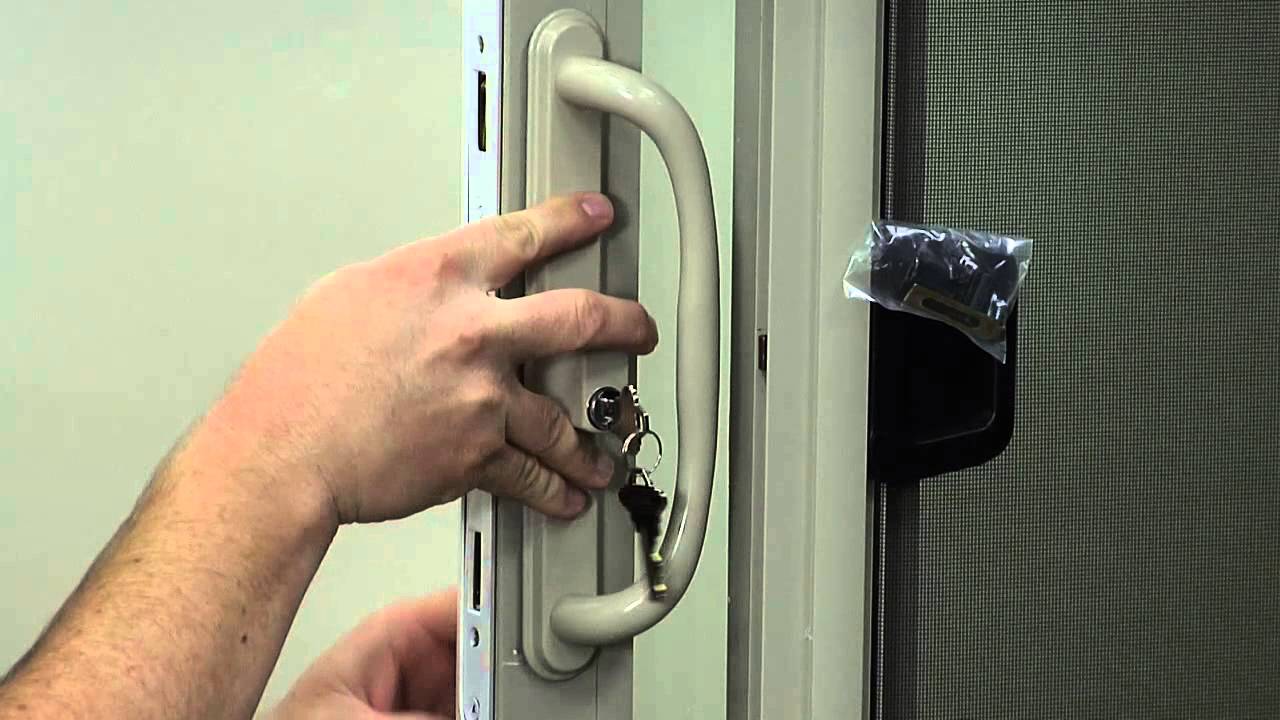
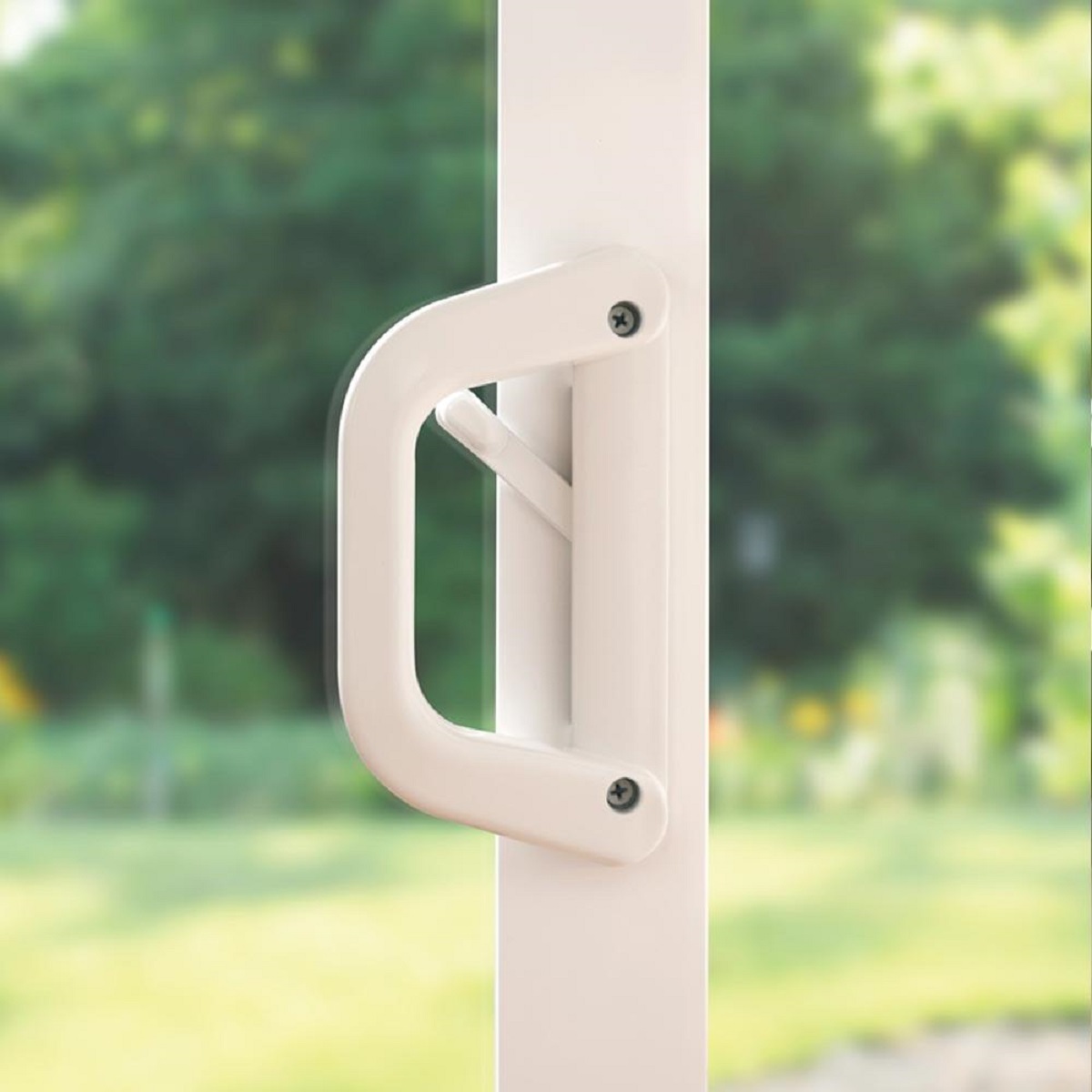
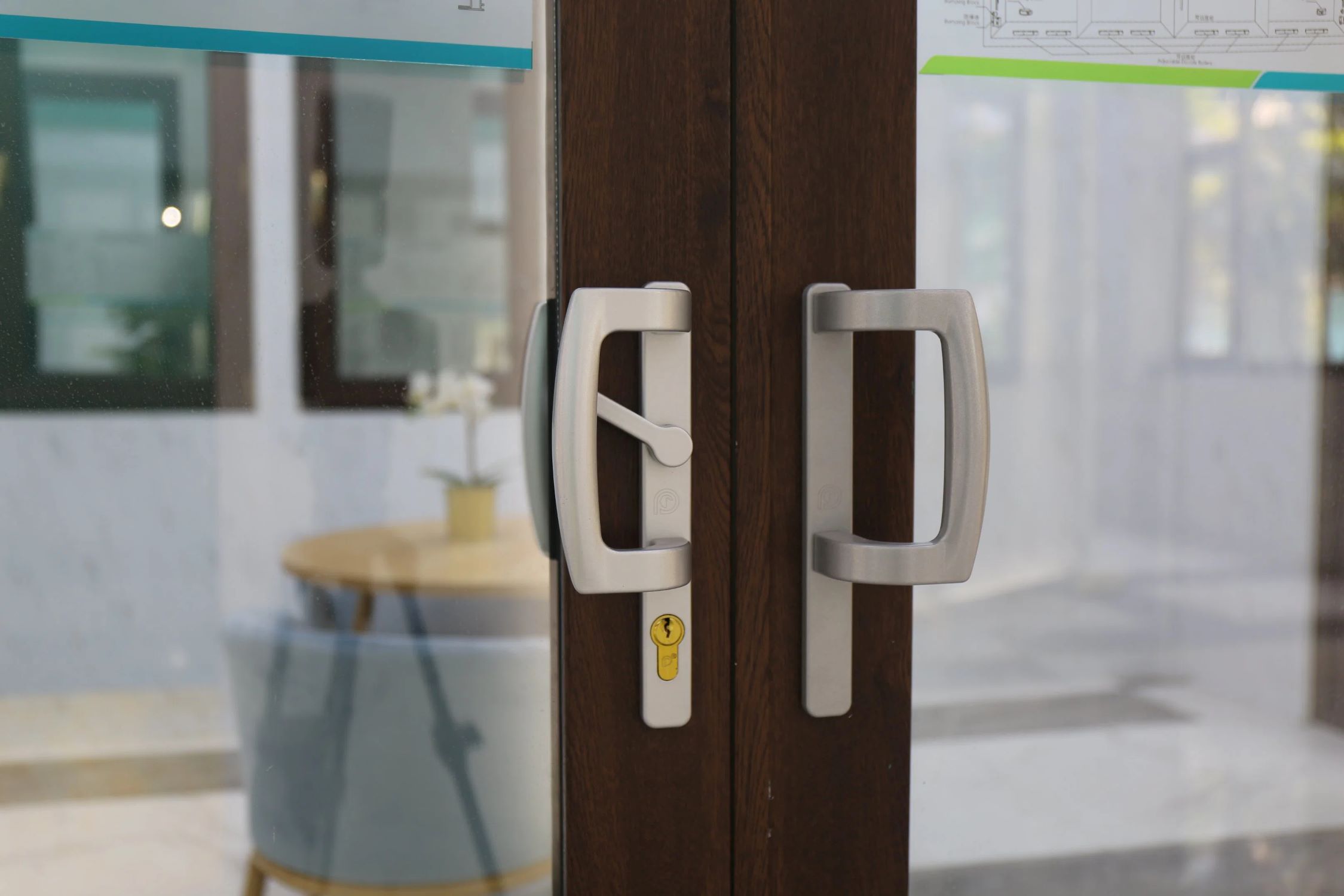
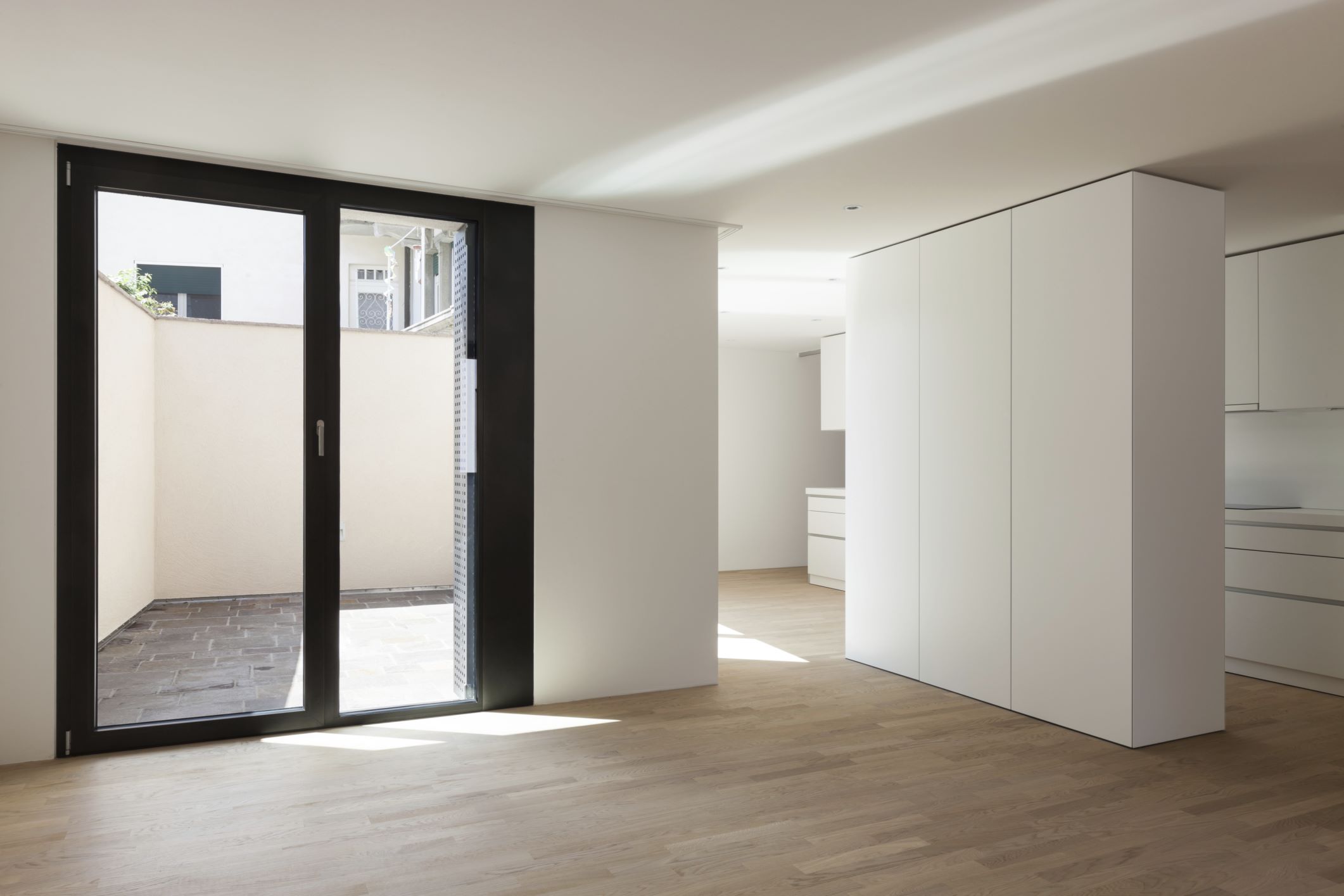
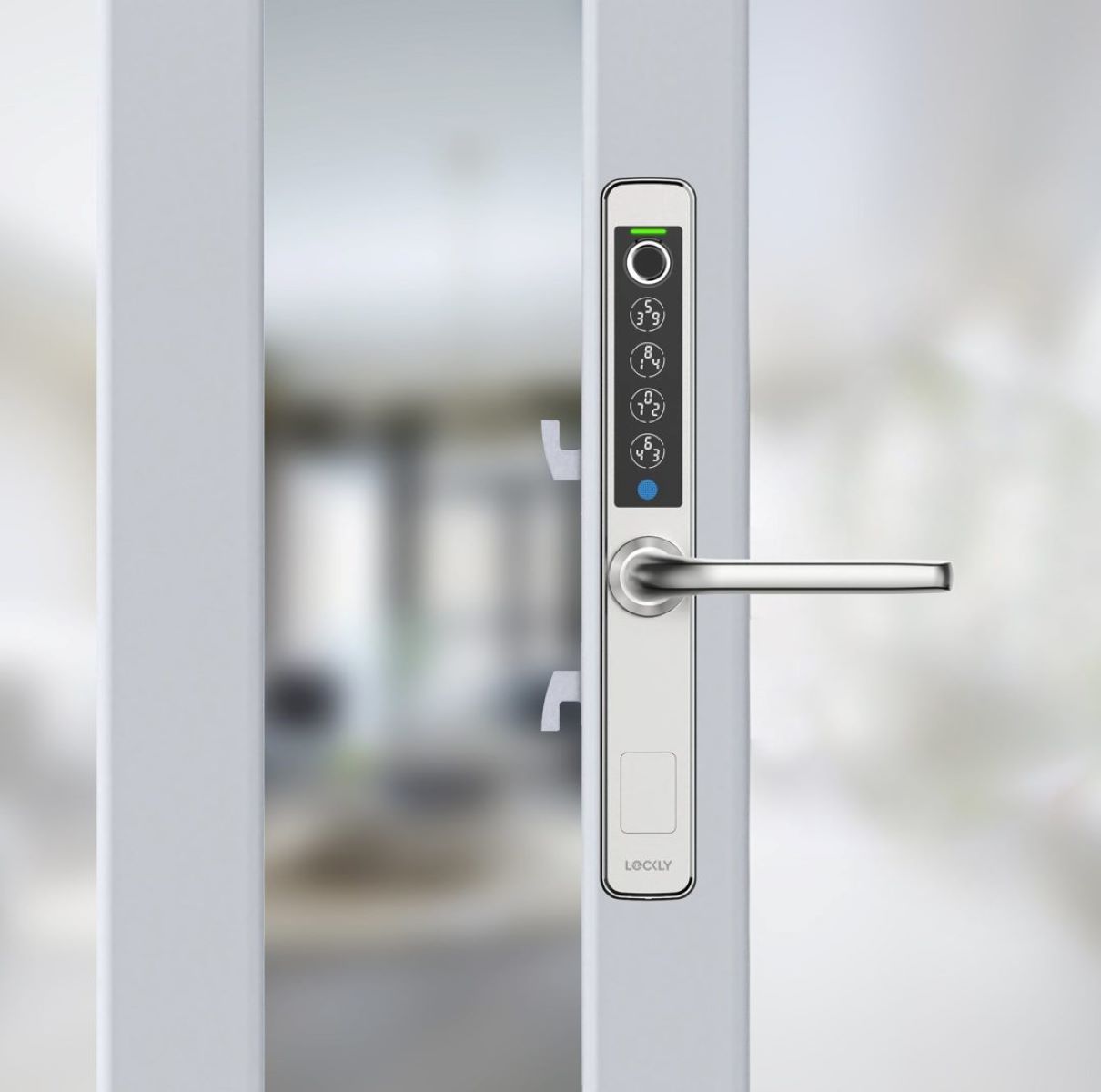
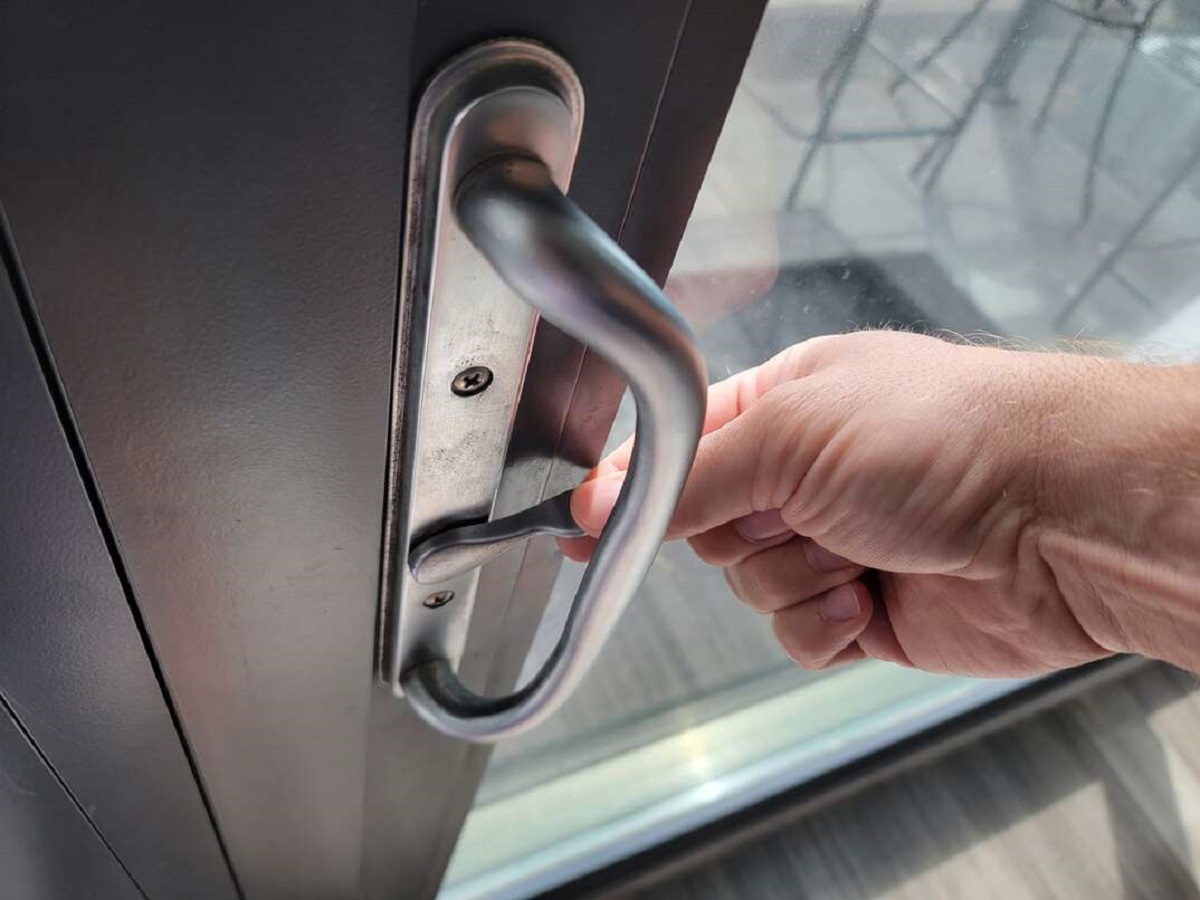
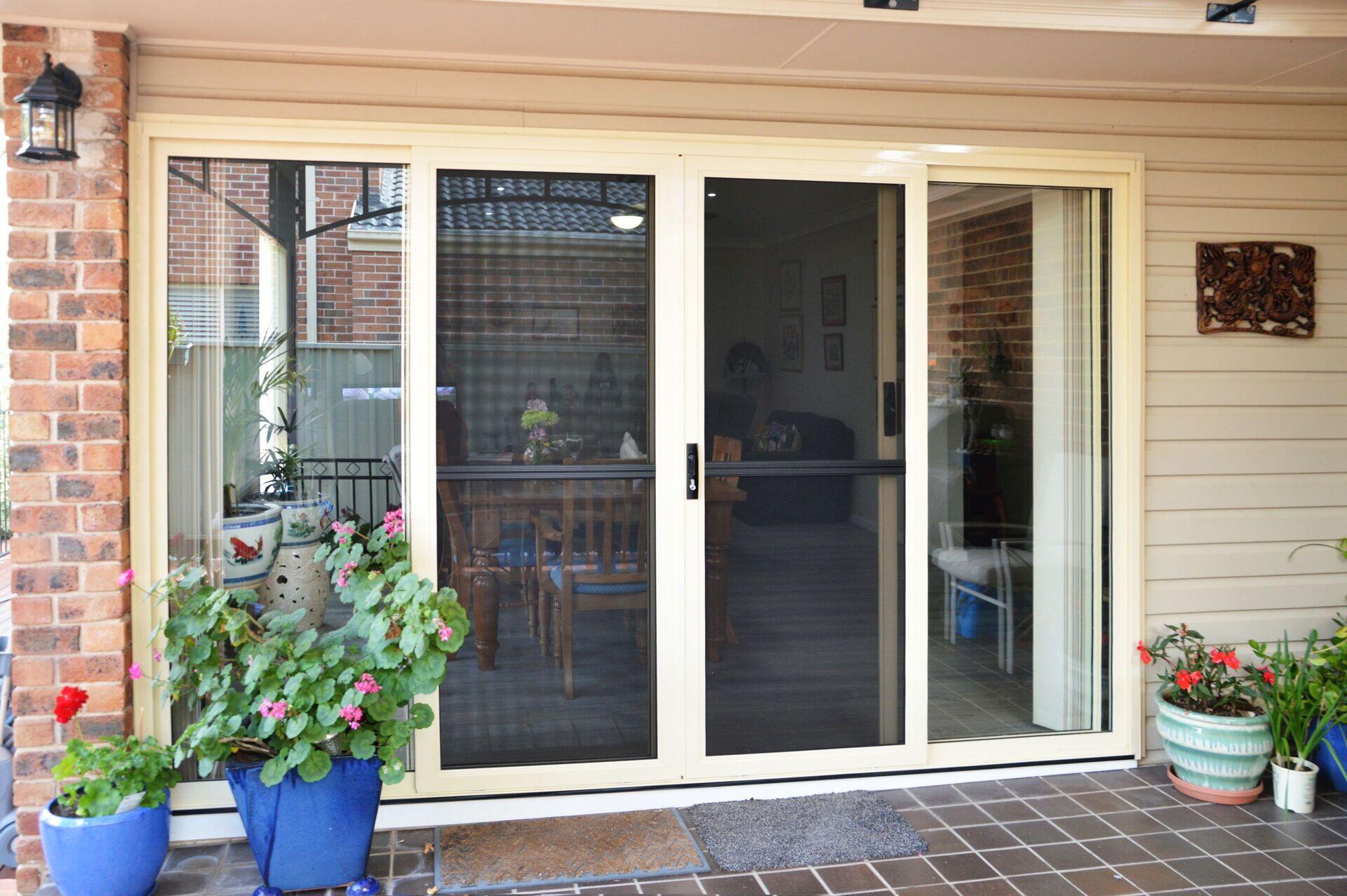
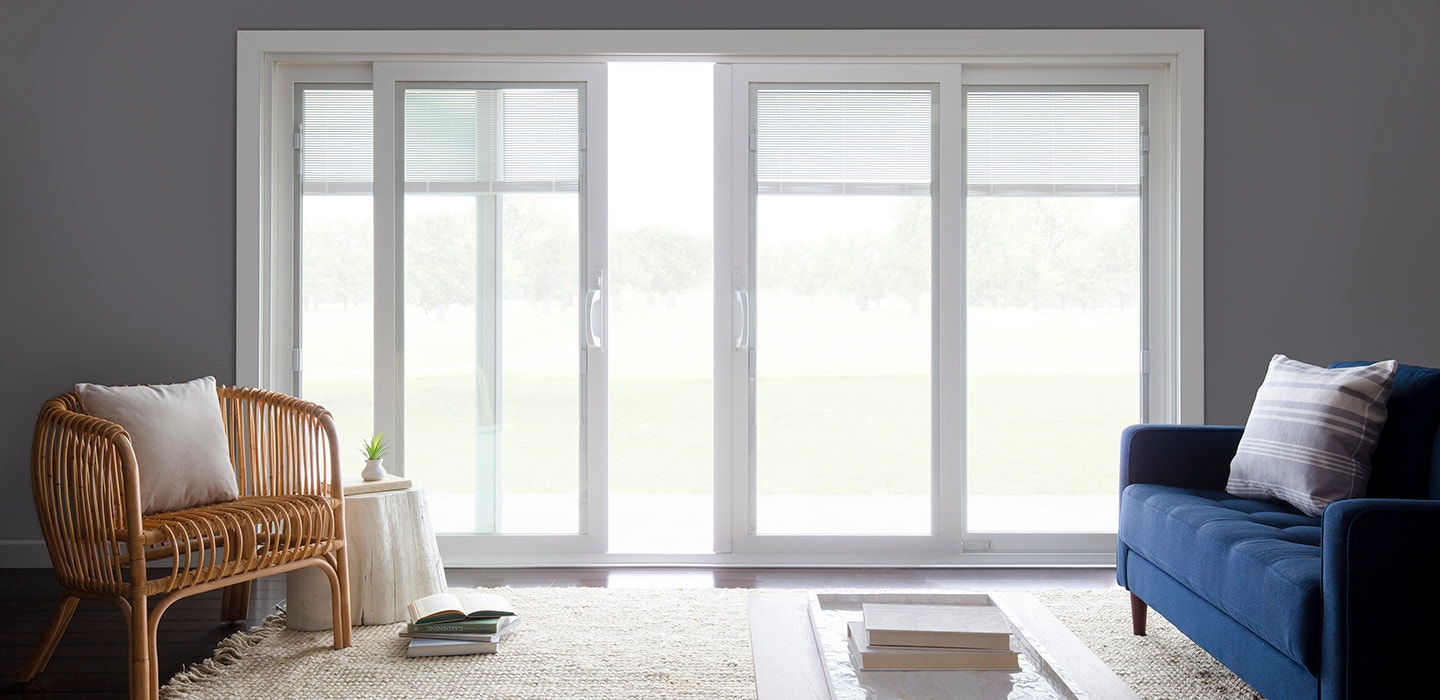

0 thoughts on “How To Add A Lock To A Sliding Door”